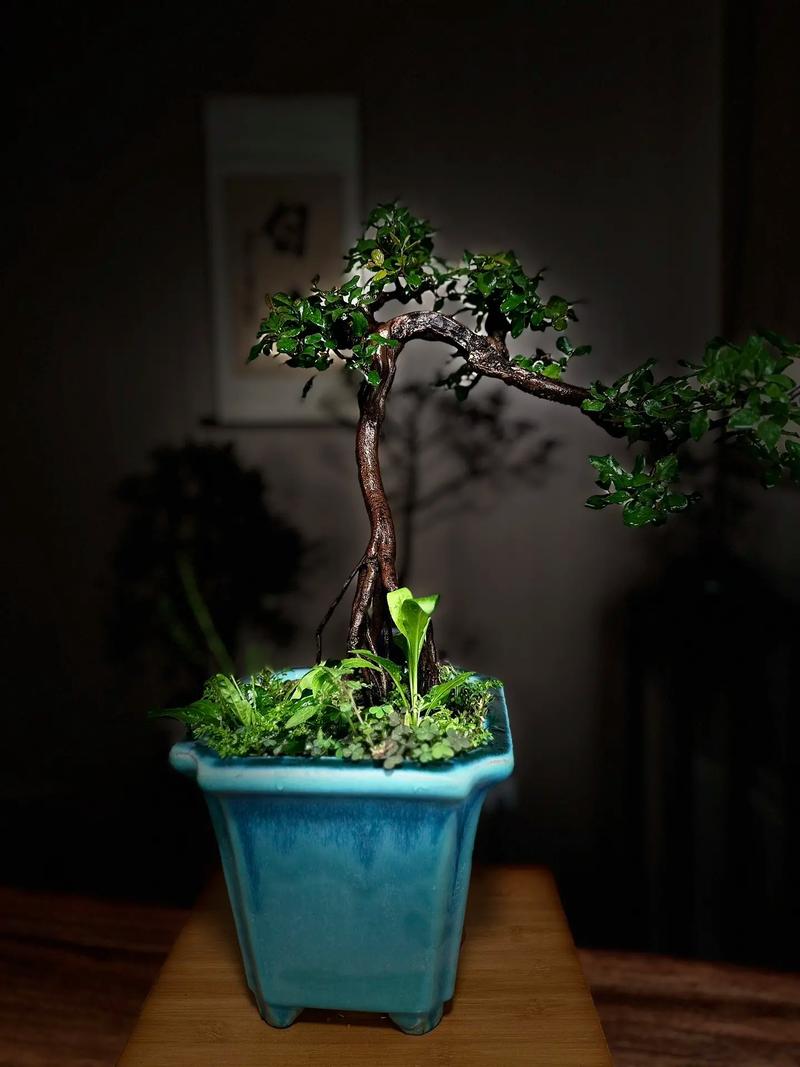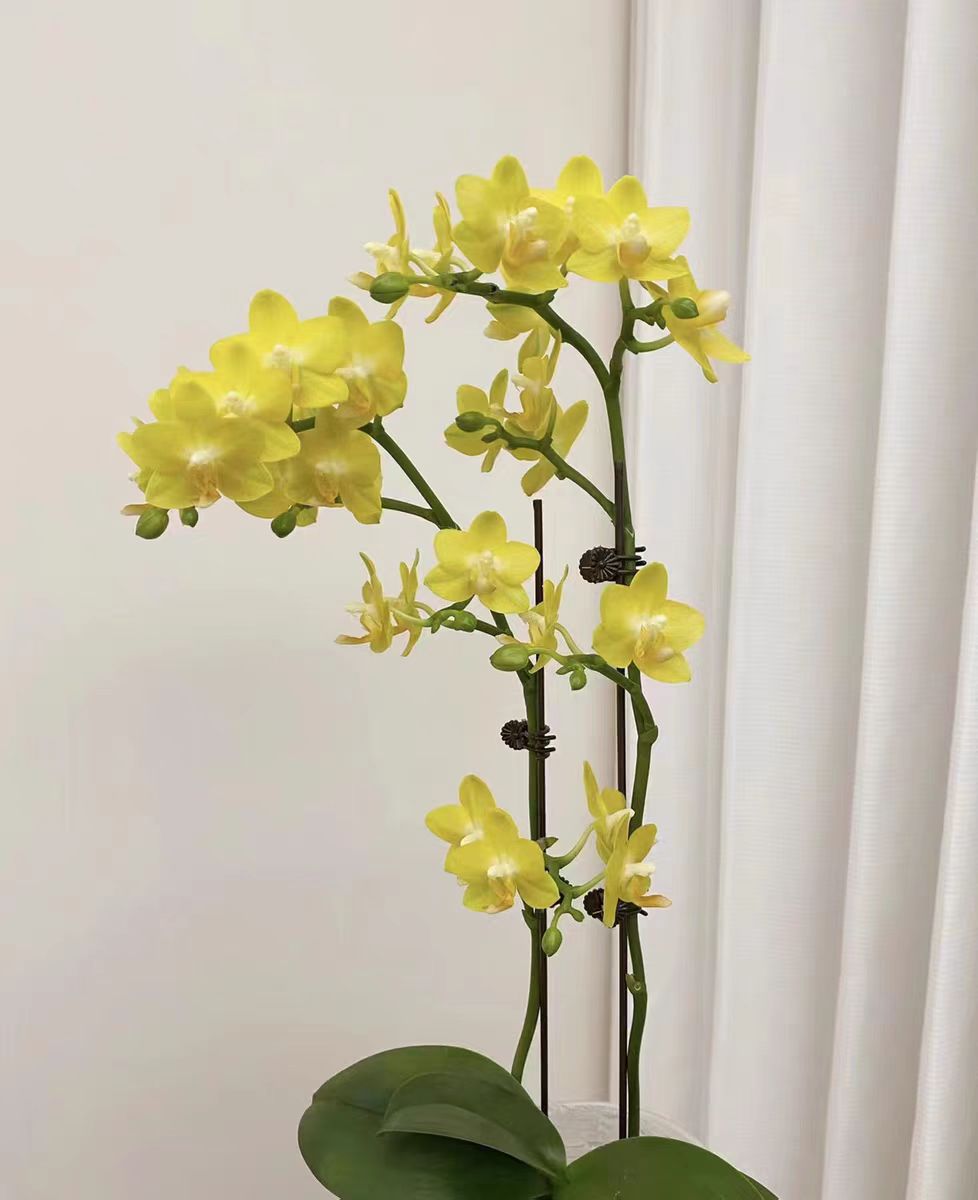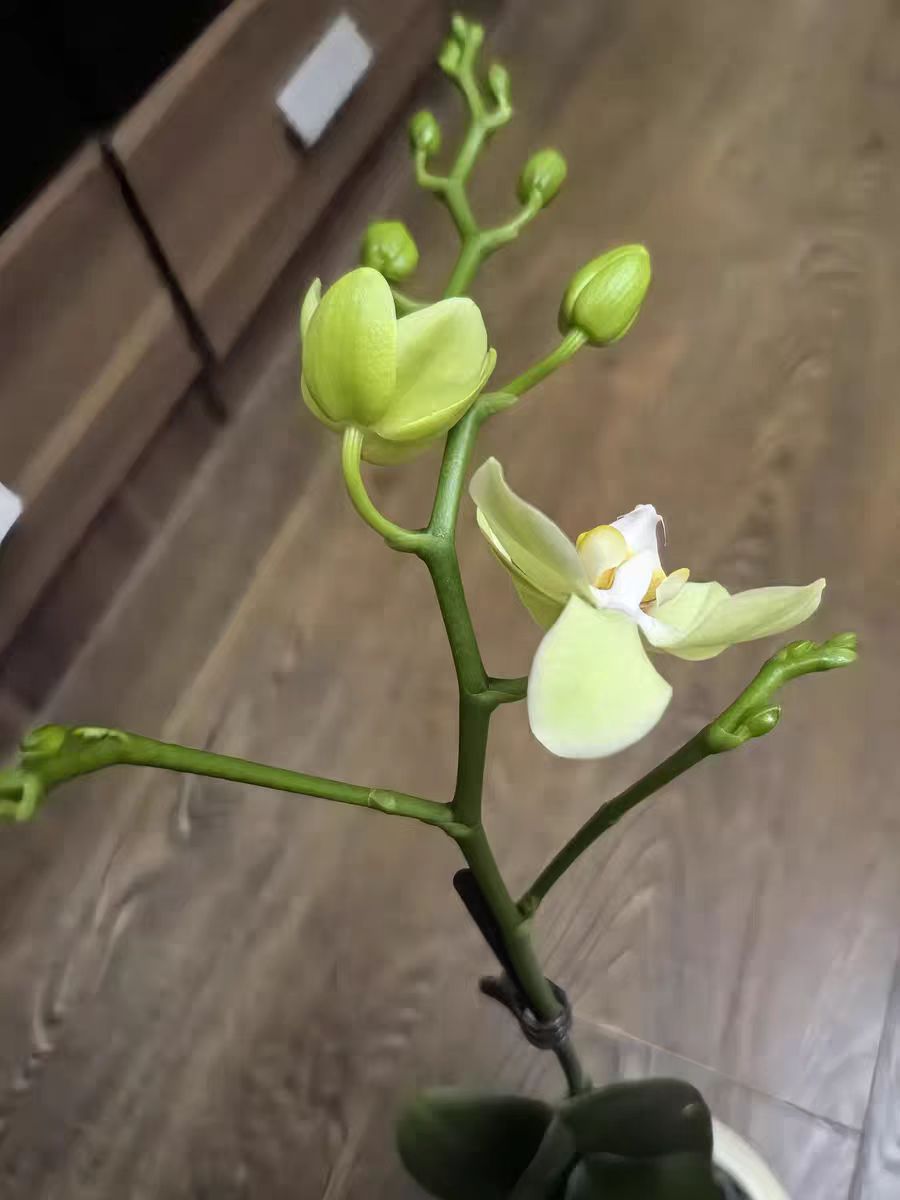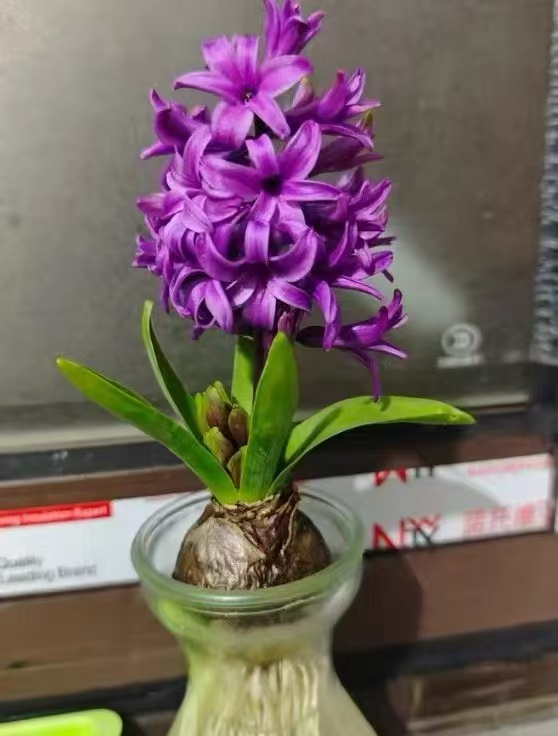Sageretia, also known as Sageretia theezans, Sageretia vine or sour plum fruit, is a vine-like or upright shrub plant of the Sageretia genus in the Rhamnaceae family. Its branches usually have sharp thorns. The leaves are papery or nearly leathery, with various shapes such as elliptical, oblong or oval-ovate, and the edges often have fine serrations. The flowering period of Sageretia is long, usually between July and November each year. The flowers are small and dense, mostly white or pale yellow in color, and emit a faint fragrance.
Sageretia not only has ornamental value, but its roots can also be used as medicine, with the efficacy of clearing heat and detoxifying, reducing swelling and alleviating pain. In the field of horticulture, Sageretia is often used as bonsai material due to its unique form and easy pruning characteristics. Through artistic processing, various bonsai works can be created and are deeply loved by bonsai enthusiasts.
In addition, Sageretia also symbolizes beautiful meanings such as perseverance, purity and freshness, and caring love. Its vitality is tenacious and can grow stubbornly even in harsh environments, showing its indomitable spirit. At the same time, the small and exquisite flowers of Sageretia emit an elegant fragrance, giving people a fresh and pure feeling, and also imply people's pursuit and yearning for beautiful things.
The following are some maintenance and precautions for Sageretia:
Soil selection:
The root system of Sageretia is developed and is suitable for growing in well-drained soil. You can choose humus soil or garden soil for cultivation and lay a layer of organic fertilizer at the bottom of the pot to increase soil nutrients.
Change the pot soil once every 2 years to avoid soil compaction and affect the growth of the plant.
Water management:
Sageretia bonsai needs a large amount of water for growth. Water once a day in spring and autumn. In summer, when the temperature is high and the water evaporation rate is fast, water twice a day. In winter, water once every 3-5 days.
If using tap water, it needs to be exposed to the sun for 3 days in advance to remove chlorine and other harmful substances in the water.
Pay attention to observing the soil moisture and avoid water accumulation causing root rot.
Light and temperature:
Sageretia needs sufficient sunlight to grow and flower. Place the bonsai in a bright position and it is best to receive at least 6 hours of sunlight every day.
In high temperatures in summer, shading may be required to avoid withering of the leaves due to exposure to the sun.
The cold resistance of Sageretia is average. It should be kept indoors in winter. The temperature should not be lower than 5 degrees to avoid frostbite.
Fertilization management:
Fertilization of Sageretia bonsai should use professional flower fertilizer. After dilution, it can be applied once a month.
When the plant is just planted, it needs to wait for 1 month before supplementing fertilizer to avoid damage to the roots.
After entering winter, the growth of Sageretia is slow and the demand for fertilizer is low. Fertilization can be stopped.
Pruning and shaping:
During the vigorous growth period, prune the Sageretia bonsai to remove overlapping branches, dense branches, leggy branches, old branches, dead branches, diseased branches, rotten branches, etc., to maintain the ventilation, light transmission and aesthetics of the plant.
After pruning, apply fungicides such as carbendazim to the wounds to prevent diseases.
The shape of the Sageretia bonsai can be pruned and designed according to personal preference, but be careful not to damage the growth points of the plant.
Prevention and control of pests and diseases:
Regularly inspect the leaves and branches of the Sageretia bonsai to observe if there are pests or diseases.
Once pests and diseases are found, corresponding prevention and control measures should be taken promptly, such as spraying pesticides and pruning diseased branches.
The maintenance methods and precautions of Sageretia theezans

Share with
Tagged in :




Leave a Reply